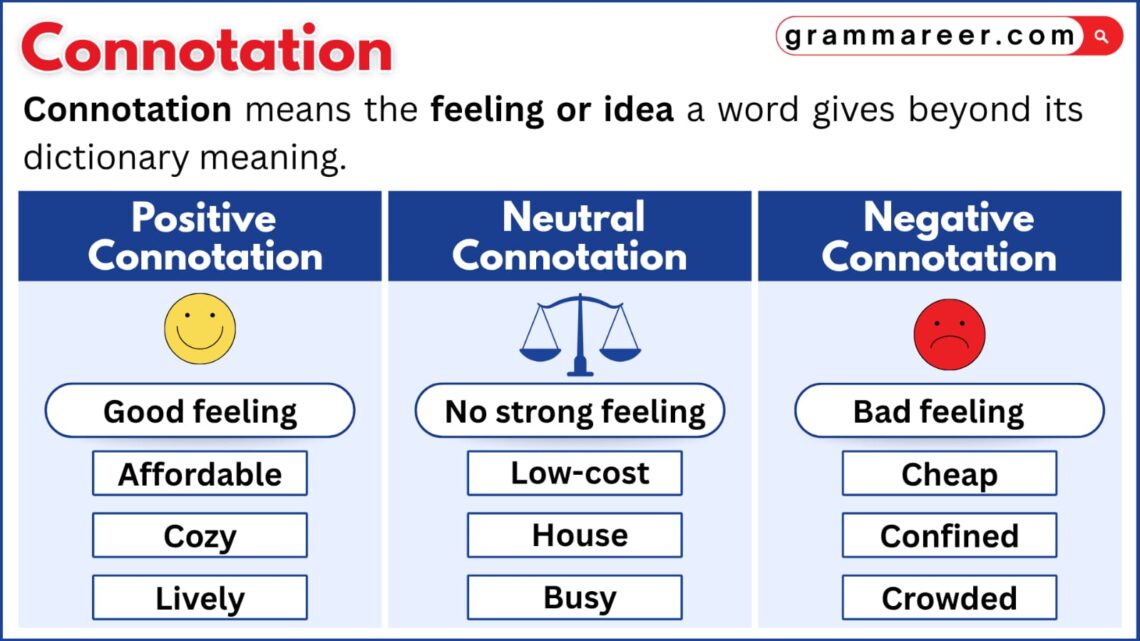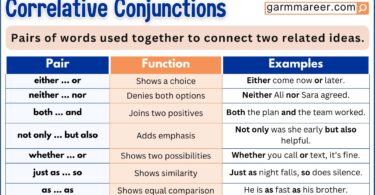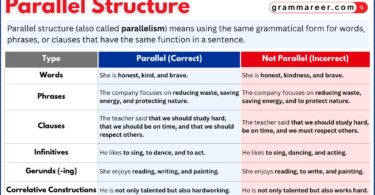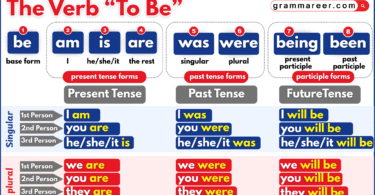You know how some words just feel different, even if they mean the same thing? That’s what connotation is. It’s the feeling or emotion a word carries along with its actual meaning. For example, calling someone “curious” sounds nice, but saying “nosy” doesn’t—though both describe someone who likes to ask questions. Connotation is what makes one word sound positive and another sound negative, even when they’re talking about the same thing.
In this article, we’ll learn what connotation means, how it works in English, and see some simple examples to understand it better.
Table of Contents
What Is Connotation?
Connotation is the feeling or idea that a word gives you besides its basic meaning. Some words sound pleasant, while others might sound harsh even if they mean nearly the same thing. For example, the word “home” doesn’t just mean a place where you live; it also brings feelings of comfort, love, and safety. That’s its connotation.
Writers and speakers often use connotations to create certain emotions or moods. A single word choice can make a sentence sound friendly, serious, or even rude. That’s why understanding connotation helps you choose words that fit your message perfectly. Don’t worry, by the end of this article, you’ll easily spot the hidden feelings behind words and use them like a pro in your writing and daily conversation.
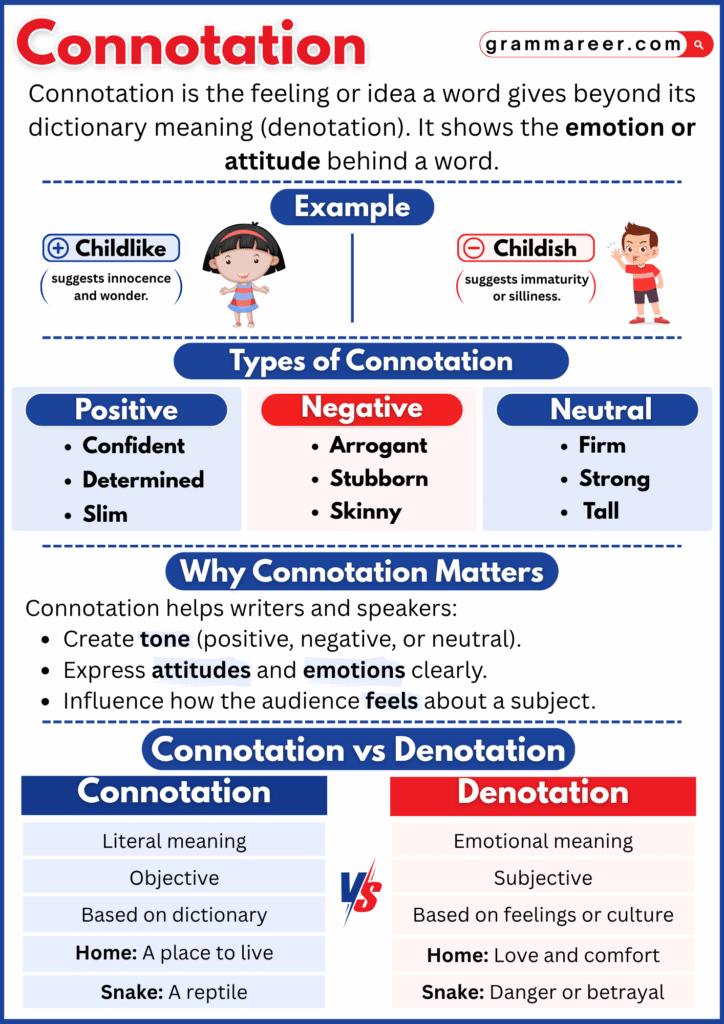
How to Use Connotation in a Sentence?
Using connotation is really about choosing words that fit the feeling you want to express. Every word carries a little “extra meaning” like it can make something sound warm and friendly or cold and harsh. For example, if you say She’s confident, it sounds like a compliment. But if you say She’s bossy, it gives a negative feeling, even though both words describe someone who takes charge.
When you’re writing, connotations help you set the tone and connect with your readers. If you want your message to sound positive, use words that give off good vibes. For instance, instead of saying cheap, you could say affordable both mean the same thing, but affordable sounds friendlier.
So, before you speak or write, take a second to think about how your words might sound to others. With a bit of practice, you’ll start choosing words that make your writing and speech sound natural, thoughtful, and clear.
Correct Way to Use Connotation
When you talk about connotation, remember — it’s not about a word’s dictionary meaning. That’s called denotation. Connotation is all about the feelings or ideas that a word brings to mind.
| Examples of Correct Use | Example of Incorrect Use |
| • We called our coffee shop Morning Bloom because bloom gives a connotation of freshness and energy. • Politicians often choose words with positive connotations to sound more appealing. | ❌ The connotation of cat is a small animal with fur. (This describes the literal meaning — the denotation, not the connotation.) |
Always remember that Connotation is about feelings, not facts. Use it when you want to describe the emotion or attitude a word gives, not when you’re explaining what the word literally means.
Connotation vs. Denotation
Every word has two kinds of meaning — what it actually means and what it makes you feel. The actual meaning is called denotation, while the emotional or suggested meaning is called connotation.
For example, the denotation of the word snake is “a long, legless reptile.” But its connotation might be “a sneaky or untrustworthy person.” See the difference? One is the dictionary meaning, and the other is the feeling the word gives.
Let’s look at a couple of examples:
- A rose literally means a flower, but the connotation is love and romance.
- The word home means a place where you live, but the connotation is warmth, family, and comfort.
Understanding both connotation and denotation helps you choose words that truly match the tone you want to create whether you’re writing or speaking.
Different Types of Connotation
Words can carry positive, negative, or neutral feelings depending on how people understand or react to them. Let’s look at each type with easy examples.
Positive Connotation
A positive connotation makes something sound pleasant or appealing. These words give a good feeling and help create a friendly or uplifting tone.
Examples:
- The word slim has a positive connotation compared to skinny.
- Energetic sounds more flattering than hyper.
Using positive connotations in writing or speech can make your message sound more polite, professional, or inspiring.
Negative Connotation
A negative connotation gives an unpleasant or critical feeling. These words often sound harsh or judgmental, even if the basic meaning is neutral.
Examples:
- Cheap can sound negative, but affordable feels positive.
- Lazy gives a bad impression, while relaxed sounds much better.
Being aware of negative connotations helps you avoid misunderstandings or hurting someone’s feelings.
Neutral Connotation
A neutral connotation doesn’t create strong emotions—it’s simply factual or objective. These words are useful when you want to share information clearly without sounding too positive or negative.
Examples:
- Words like visitor, student, or object are neutral.
- Instead of saying kid, which sounds informal, you might say child in a neutral, formal tone.
Writers often use neutral words in reports, research, or formal communication where emotions should stay balanced.
Connotation Examples
Let’s look at how the same idea can sound different depending on the words we choose. Remember, connotations can change based on culture, feelings, and personal experience — what sounds positive to one person might not sound the same to another!
| Positive | Negative | Neutral |
| confident | arrogant | self-assured |
| curious | nosy | questioning |
| easygoing | lazy | relaxed |
| unique | weird | different |
| firm | bossy | strong-minded |
| lively | hyper | energetic |
| careful | fearful | cautious |
| generous | extravagant | giving |
| inexpensive | cheap | affordable |
Why Is It Important to learn Connotative Words?
Learning connotative words might sound like extra work, but it really helps you express yourself more clearly. The words you choose can change how people feel about what you say. Using the wrong word can make your message sound rude, confusing, or even funny when you don’t mean it that way.
For example, imagine a skincare ad that says their cream gives you a “juvenile glow.” The word juvenile technically means young, but it also suggests childish or immature. That’s not the message the brand wants to send! Saying “youthful glow” would sound much better and more appealing.
In short, knowing connotations helps you sound polite, confident, and understood — whether you’re writing, speaking, or just having a casual chat.
Connotation FAQs
Connotation is the feeling or idea that a word gives you beyond its dictionary meaning. It’s what pops into your mind when you hear a word — like how “home” feels warmer than “house.”
You can use it when you’re talking about how a word feels, not just what it means. For example, if you’re explaining why “slim” sounds better than “skinny,” you’re talking about connotation.
Denotation is a word’s exact dictionary meaning. Connotation is the emotion or image that comes with it. So, “snake” denotes a reptile, but its connotation might be “danger” or “betrayal.”
You May Also Like

